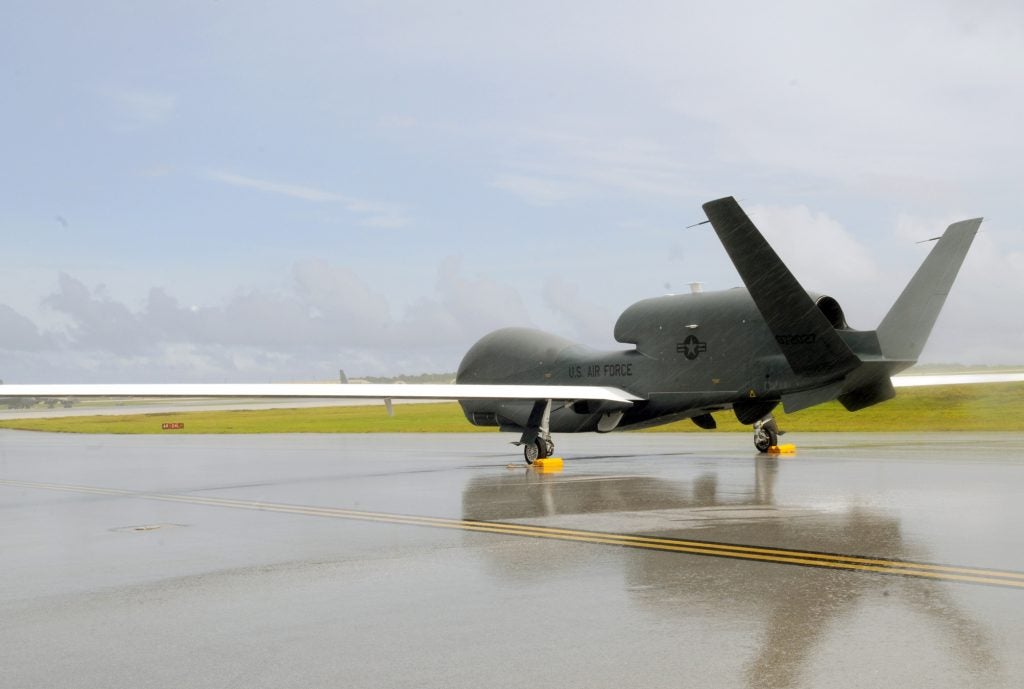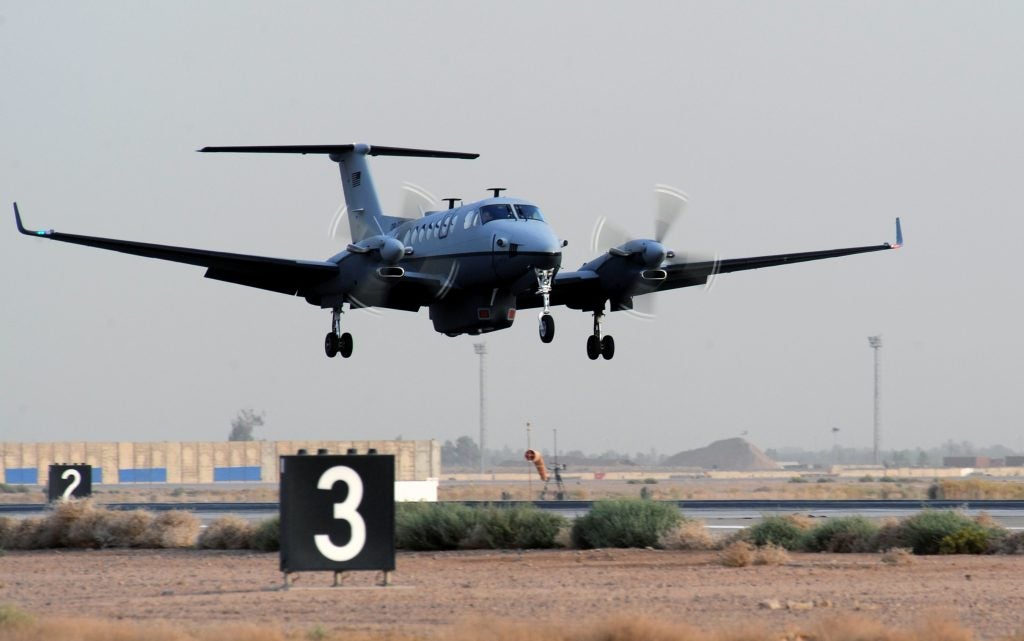The Role of United States ISR in Ukraine
A report in the New York Times last month quoted unnamed senior US officials revealing that the US has been providing targeting assistance to the Ukrainian military, including, presumably signals intelligence (SIGINT) based, intercepts enabling the targeting of Russian Army General Officers.
The casualty rate of Russian Generals has been staggering with at least 12 killed to date, most apparently from expertly targeted Ukrainian artillery strikes. Amongst those killed, ironically, was Major General Andrei Simonov, commander of Russian electronic warfare assets in theatre who should have been all too aware of US and NATO capabilities in this regard.
The New York Times report will indeed come as no surprise to anyone watching the conduct of operations with any understanding of intelligence, surveillance, target acquisition, and reconnaissance (ISTAR) – in fact, it has been patently obvious that US and NATO airborne Intelligence, Surveillance, and Reconnaissance (ISR) assets have been providing vital data to Ukraine since before the February 24, 2022 invasion. Dedicated watchers of Flight Radar 24 and similar real-time online flight trackers will have seen a plethora of US and NATO manned and unmanned aircraft over the region, including the now famous Forte10, Forte11 and Forte14 RQ-4 Global Hawk callsigns who were the last US aircraft out of Ukrainian airspace.
Since then, a bewildering array of airframes have been ever present over neighboring countries and above the Black Sea. These have included the afore-mentioned RQ-4s, RC-135 Rivet Joint SIGINT platforms, E-8C JSTARS (Joint Surveillance Target Attack Radar Systems) and Bombardier ARTEMIS (Airborne Reconnaissance and Targeting Multi-mission Intelligence System) platforms. Remember also that these are only the airframes which can be tracked as their transponders are active. Other, more covert, platforms from USSOCOM, CIA and JSOC are likely engaged in similar ISTAR activity.
The response to the leak in the New York Times was almost laughingly unequivocal; “The United States provides battlefield intelligence to help the Ukrainians defend their country. We do not provide intelligence with the intent to kill Russian generals,” noted Adrienne Watson, an National Security Council spokesperson to AFP.
Again, as any student of ISR will know, the point of the exercise is to identify valid actionable targets via a number of means across the visual and electromagnetic spectrum including signals intercepts, signature identification and other darker ISR arts that are best kept off the internet. If that actionable intelligence indicates a gathering of senior battlefield commanders, then that is a valid and lawful target and should be engaged.
The war in Ukraine will likely provide the greatest case study in both the tactical and strategic employment of ISR and related disciplines (cyber, EW) in a conventional war scenario. It must also be remembered that NATO and US assets haven’t just arrived in the region – their presence has been a constant since 2014 and the conflict in the Donbas.
Whilst Russia was staging their BTGs for months prior to invasion, these assets would have been watching and listening, developing a comprehensive picture of how and where the Russians were communicating, each communication being tagged and analysed. This product would have informed the US and NATO of Russian movements and helped present the case for an impending invasion (the question over whether the US has a deeply placed mole within the Kremlin is unresolved although very specific human intelligence (HUMINT) seems to have played an important role in the US intelligence community’s almost spookily prescient knowledge of Putin’s intentions).

This appears to have paid dividends during the first 72 hours of the war as Russia attempted multiple airmobile assaults on Hostomel Airport. The Ukrainians certainly knew the Russians were coming and ISR was instrumental in a successful outcome (although the Russians briefly held the facility, they were roundly mauled). Note also timely intelligence on at least two active but unsuccessful attempts on the life of Ukrainian President Volodymyr Zelenskyy by Russian SOF – its unclear if intelligence on these operations were from Ukrainian managed sources or from US/NATO intercepts.
US and NATO ISR support will likely be maintained until something approaching a negotiated settlement is reached and even beyond that point, airborne ISR assets will make regular appearances over the battlespace to ensure Russian compliance with any such agreement.

